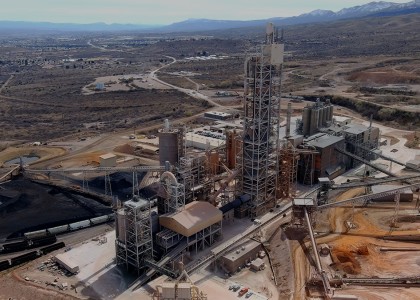Water and energy are inherently linked, intersecting at both the supply side (electric generation and water/wastewater facilities) and the end-use side (residential, commercial, industrial, and agriculture sectors). This intersection is commonly called the “energy-water nexus.” The water-energy linkage means that efficiency programs operated by a water utility will benefit an energy utility and vice versa. Some energy efficiency programs have begun to address and account for water savings, and conversely some water programs have begun to account for energy savings impacts, but this has occurred only in a patchwork of programs across the country. Greater efficiency could be gained from recognition of the energy-water nexus in program delivery and accounting practices and better understanding and coordination between the two communities. This report provides recommendations on program models and frameworks that utilities can use to save both water and energy.




